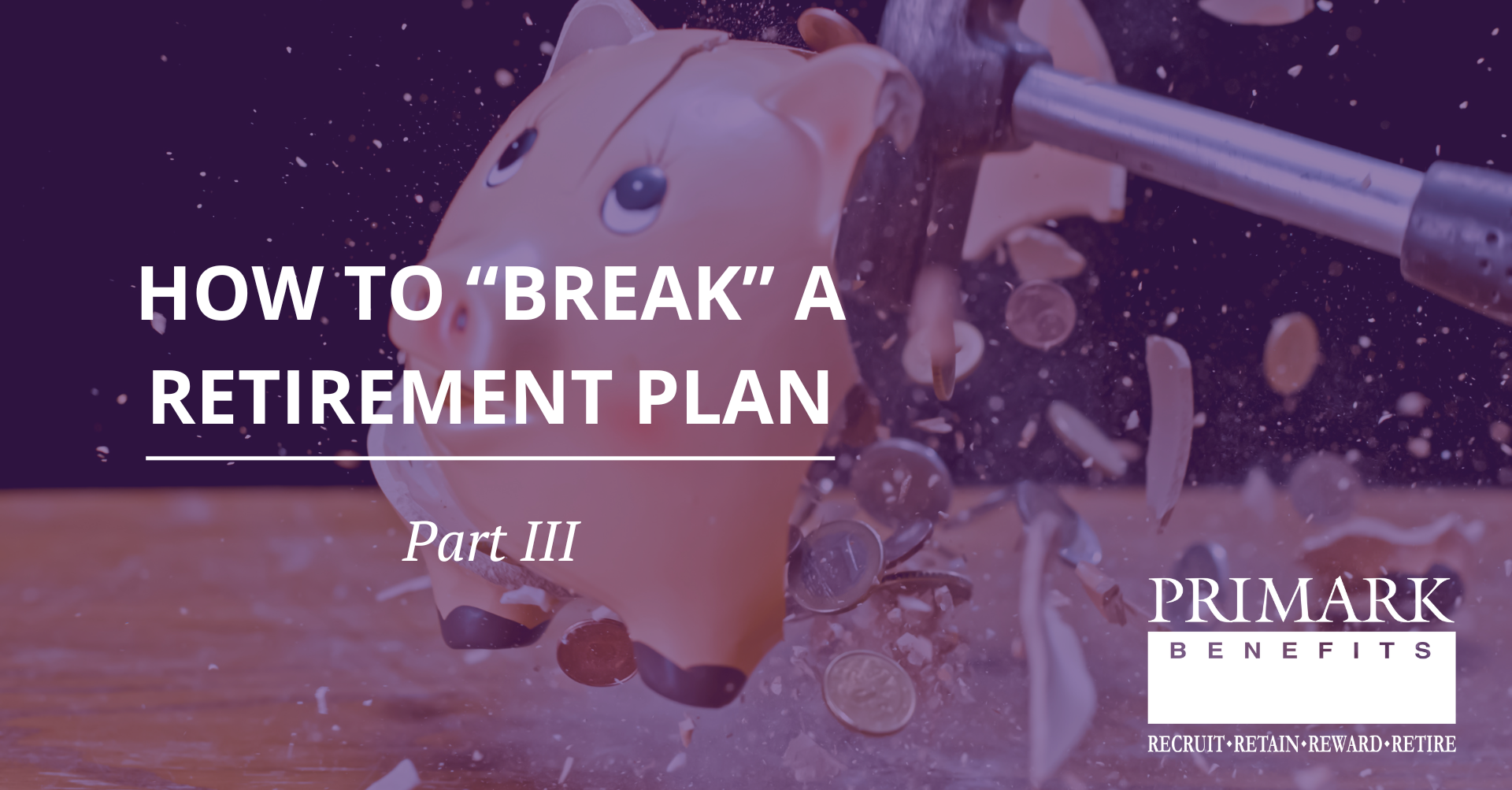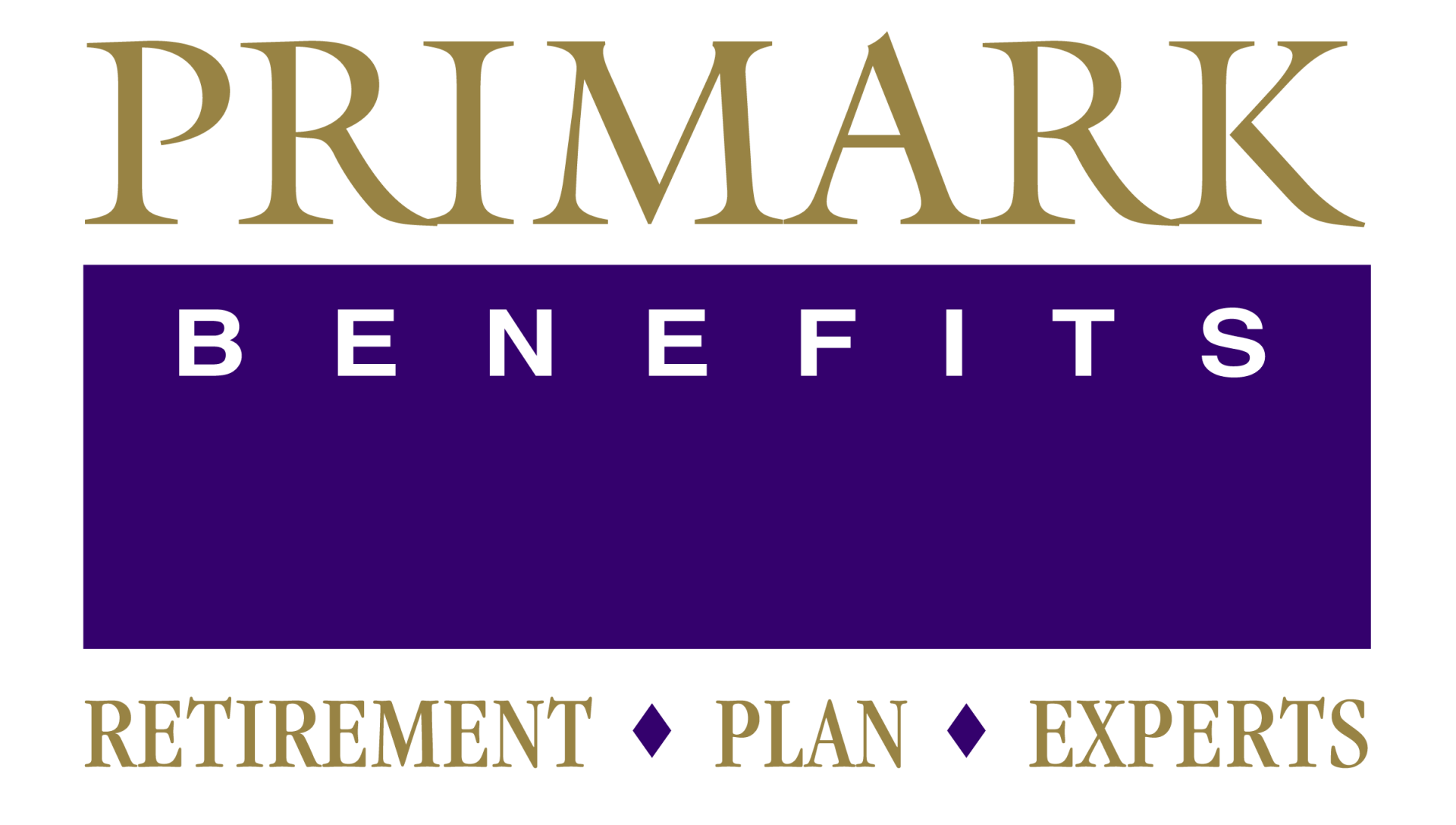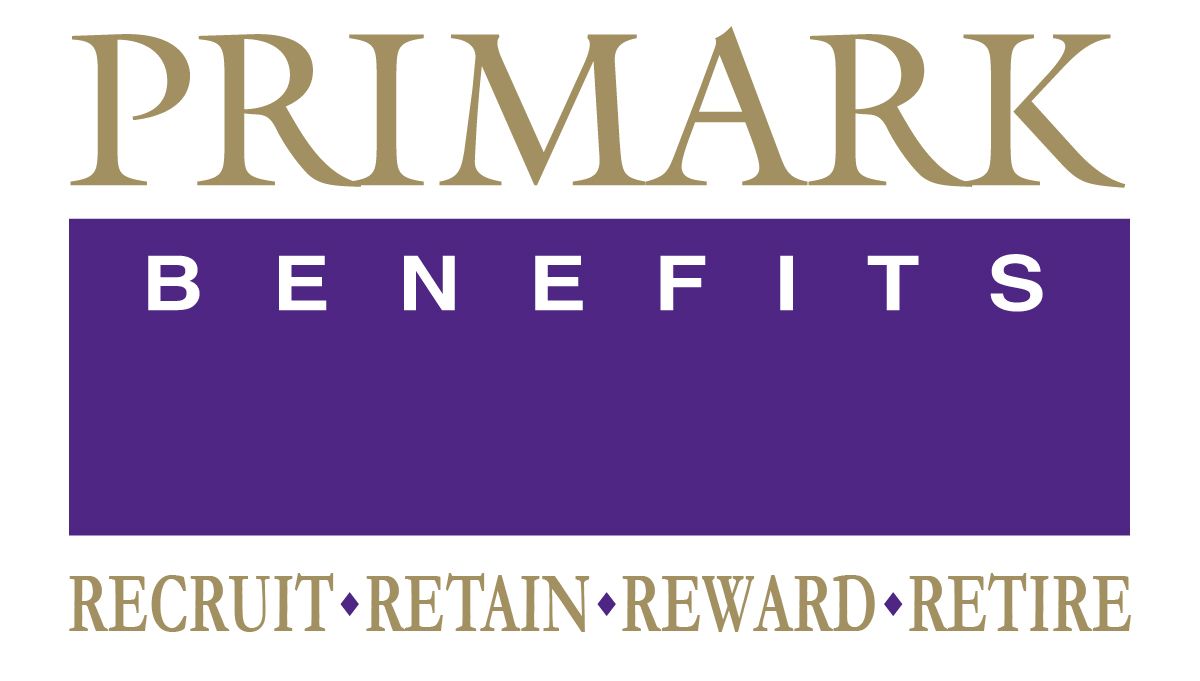Retirement Plan Myth-Busting, Part IV: State-Run Retirement Plans
Retirement plans can often feel like an alphabet soup of acronyms, mandates, and evolving state and federal laws. This series seeks to dispel common myths so employers can make better informed decisions.
In previous articles, we’ve covered multiple myths at once. However, in Part IV, we’ll focus our efforts on one big misconception. Specifically, we’ll be talking about the idea that cookie-cutter, state-run programs such as CalSavers are “just as good” as custom-designed retirement plans, and the misunderstandings that persist about what state-run retirement programs do (and don’t) offer.

Myth: State-Run Retirement Plans Are Just as Good as Custom-Designed Retirement Plans
Many states have created mandates for employers to either participate in a state-run program (auto-IRAs, state-facilitated Roth IRAs, etc.) or adopt a qualified retirement plan. While the state-run programs help fill coverage gaps, they carry many limitations compared to well-designed, employer-sponsored plans.
Custom-designed retirement plans, by contrast, allow flexibility, higher contribution limits, tax benefits, and the ability to align benefits with business strategy.
The Benefits of Custom-Designed Retirement Plans
Custom-designed retirement plans give employers control over plan design, contributions, and investment options in ways that state-run programs simply cannot match. For example, unlike most state-run programs, an employer can decide to offer employer contributions, including: matching contributions, profit-sharing arrangements or even integrate cash balance plan into the mix if they are looking for higher contributions than a standard profit sharing plan can allow. This flexibility allows a business to turn retirement benefits into powerful recruiting and retention tools, not simply serve as a compliance exercise.
In addition, custom-designed plans provide higher contribution limits and more tax planning opportunities. Whereas state-run IRAs are usually capped at standard Roth IRA contribution limits, qualified retirement plans allow much larger contributions -- up to tens (or even hundreds) of thousands of dollars more per participant each year. Employers can also deduct contributions, thus reducing taxable income while helping employees save more effectively for the future.
Custom-designed retirement plans deliver value on both sides of the equation. Employees gain access to meaningful benefits that support their long-term financial security, while employers strengthen their business through improved retention, engagement, and competitiveness. The following sections highlight the advantages from each perspective:
Benefits for Employees
A custom-designed retirement plan can be tailored to the unique demographics and priorities of a workforce. Younger employees may value features like automatic enrollment and target-date funds, while more experienced staff might prefer broader investment choices or higher employer contributions. Unlike cookie-cutter, state-run options, a custom plan reflects the company’s culture and strategy, resulting in a more meaningful and engaging benefit. With options such as matching contributions, diverse investment menus, and flexible plan design, employees view the plan as more than just another paycheck deduction. The result is improved participation, stronger financial wellness, better retention, and a competitive edge in attracting top talent.
Benefits for Employers
Custom-designed plans give business owners powerful tools for tax planning, wealth accumulation, and succession strategies. Employers can set contribution formulas, profit-sharing options, and even implement cash balance features that allow higher contributions for owners or key employees. These features not only reduce taxable income but can also accelerate retirement savings for owners and executives. Additionally, a tailored plan can align with long-term business objectives, helping owners plan for eventual sale, transfer, or exit while maximizing the financial benefit for themselves and their team.
Final Thoughts
While state-run retirement programs, such as CalSavers, are important for expanding access to savings, they’re not a substitute for the flexibility and benefits a custom-designed retirement plan can offer.
Employers don’t have to settle for default, one-size-fits-all solutions. With the right guidance, you can create a plan that meets compliance requirements, fits your business needs, and delivers meaningful value to your employees.




